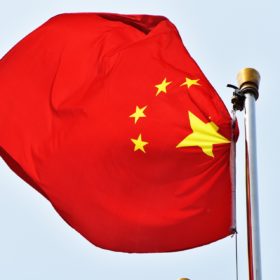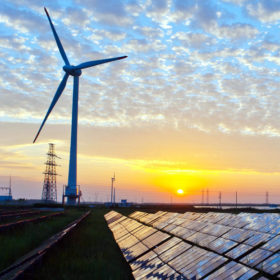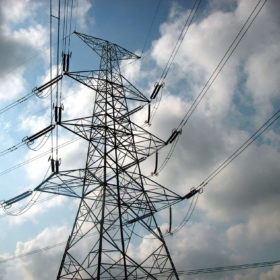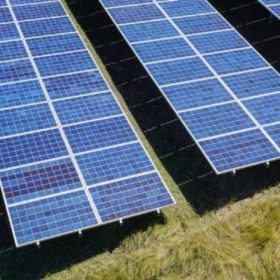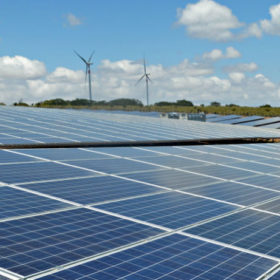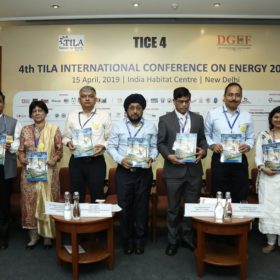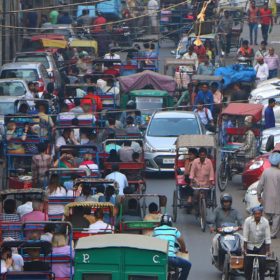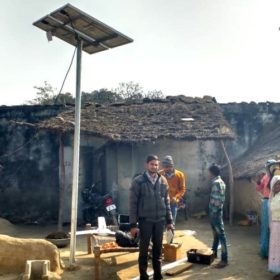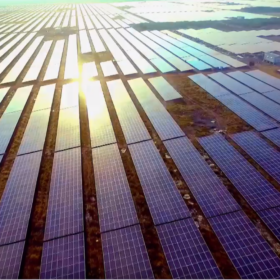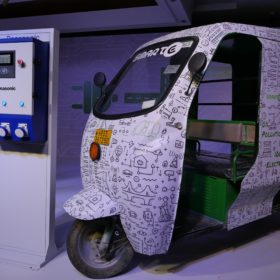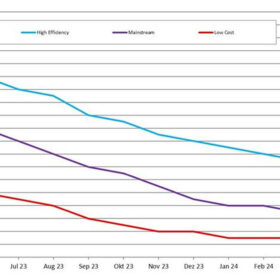China confirms FIT level payments – but they will be ‘subject to competition’
The Beijing authorities have confirmed the payment levels to be made according to type of project and region from July onwards but an auction process will be involved so the figures are for guidance only. No decision has yet been made on the 30 GW of capacity added since the end of May.
Tata Power exemplifying the Indian energy transition: IEEFA
The private-sector integrated power company will cease to build new coal-fired capacity. Instead, it eyes 70% of new capacity additions coming from solar, wind and hydro through to year 2025.
India will add 144 GW renewables by 2022, exceed 275 GW by 2027: IEEFA
Given the existing trajectory of wind, solar and other renewable sources, India will reach 144 GW renewable energy capacity by FY2021-22—not far from the aspirational 175 GW target set back in 2015. This places India on track for exceeding its 275 GW target in 2027.
India could add 7-7.5 GW solar capacity this fiscal, predicts ICRA
The solar capacity addition of 7-7.5 GW in FY2019-20 will be 15% higher than a subdued 6-6.5 GW in FY 2018-19. Of the total, 1 GW would come through open access/group captive route and grid-connected rooftop.
Bid submission deadline extended for 1.2GW hybrid and 200MW solar projects
The Solar Energy Corporation (SECI) has pushed back the bid submission deadline for ISTS-connected 1.2 GW wind-solar hybrid projects by two weeks. On the other hand, the revised deadline for 200 MW grid-connected solar PV power capacity in Uttarakhand is now April 30.
The prospects for solar after the Assembly elections
Narendra Modi’s BJP party is seeking re-election with the aim of ensuring the electrification of all railways by 2022 and turning renewable energy into a popular movement with steps including an emphasis on solar farming. Even if the elections spring a surprise, however, the renewable momentum is unlikely to slow as no government can afford to roll back the clean power tide.
Making “Right to Energy” possible
Themed around “Right to Energy,” the 4th TILA International Conference on Energy (TICE 4) held recently in New Delhi aimed to accelerate the pace of energy revolution through intensive deliberations and concerted initiatives among countries. Well attended by over 400 delegates, the international event highlighted that energy is going to be the next big revolution after telecom.
Shuttl will add 300 e-buses by 2020, BRPL fleet to go all-electric by 2030
Mobility company Shuttl will also set up more than 50 EV charging points in prime locations and state-run power distributor BSES Rajdhani Power Limited will invest in testing facilities to support stabilizing the grid for EV charging, as well as pilot schemes on effectively integrating renewable electricity into its network.
Alternative charging options drive down battery costs for ebuses
All-electric buses will cost the same as diesel options by 2030 – and possibly earlier – according to research into the global EV market which highlighted the potential for India to follow China’s lead in the sector.
Off-grid villages in Uttar Pradesh go 100% solar
Lack of road access meant PV panels had to be brought in by boat to be installed on the roof of every home under the government’s Saubhagya rural electrification scheme.
